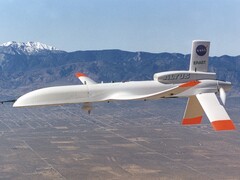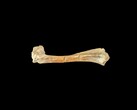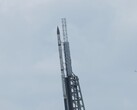HALE InSAR is a radar system developed by Aloft Sensing and funded by NASA's Earth Science Technology Office (ESTO). The instrument is a compact Interferometric Synthetic Aperture Radar (InSAR) flying aboard a HALE (High-altitude Long-endurance) vehicle. By design, it uses radio waves to measure changes in the Earth's surface with millimeter-perfect accuracy.
While InSAR instruments already exist, HALE InSAR has advantage over them. It is compact and light — weighing less than 15 pounds (7 kilograms). Its compactness means it is suitable for different kinds of HALE vehicles, unlike other InSAR instruments. HALE vehicles are lightweight vehicles that can fly for years without interruption at heights up to 13 miles (21 kilometers) above sea level.
HALE InSAR isn't just light, it also has minimal demand — less than 300 W. Another standout feature of the system is that it has the ability to position itself without the need for GPS. This allows it to function under conditions where GPS signals are unreliable. Also, its focus can be adjusted without moving it, thanks to its flat phased array antenna.
The HALE InSAR instrument has been tested aboard an airship at 65,000 feet (19,800 meters) and on small stratospheric balloons. For the next test, it will fly aboard a HALE aircraft, and it could make it to the Earth's orbit in the future.























